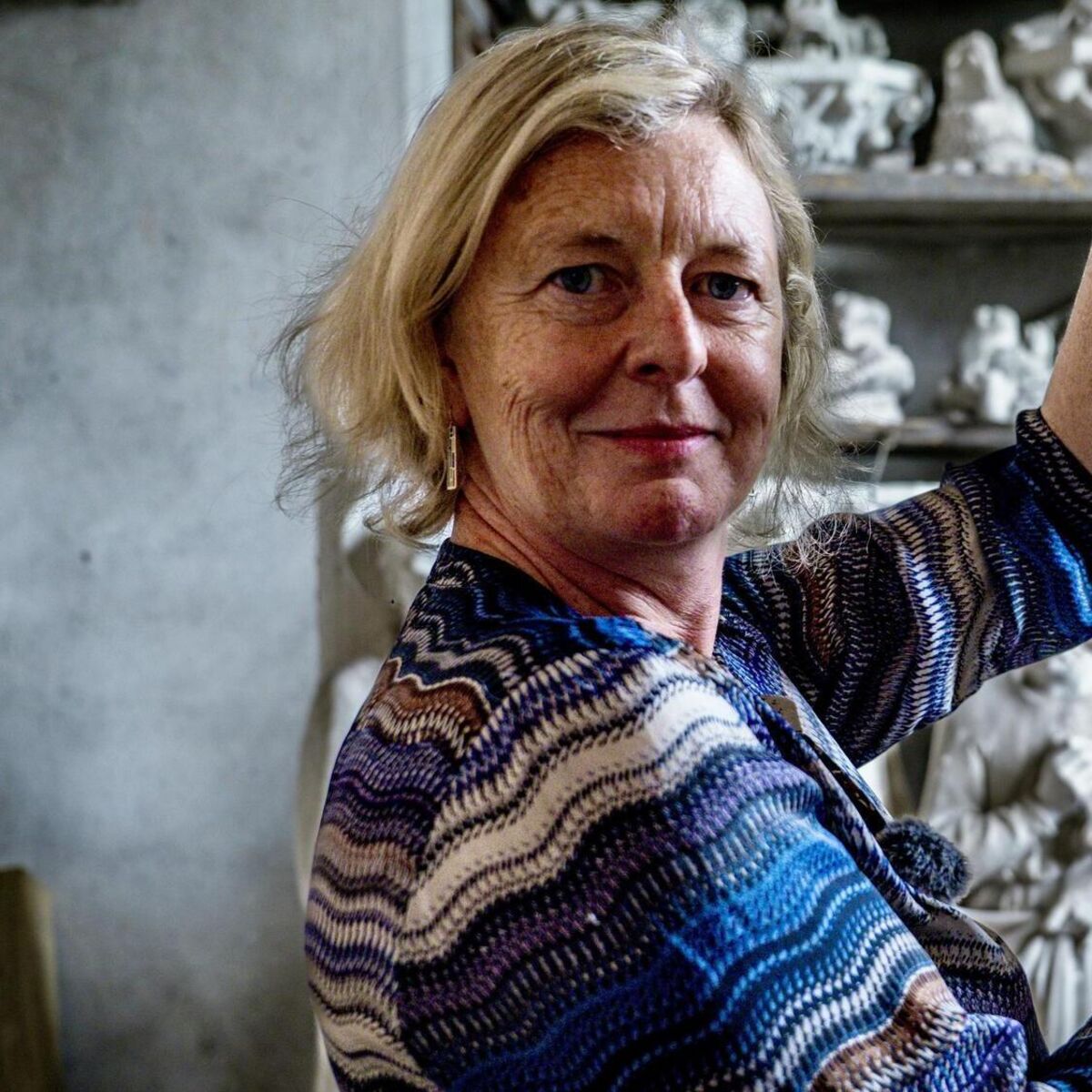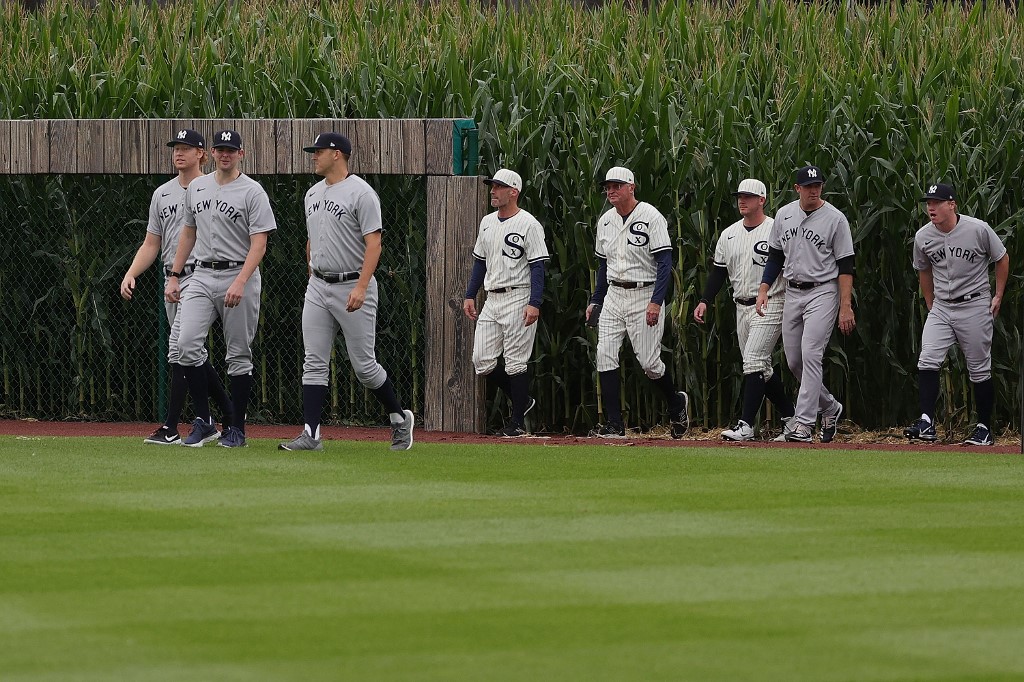‘We have a world-class collection’: Orla O’Byrne on curating and conserving at St Fin Barre’s Cathedral
By Irishexaminer.com,Marjorie Brennan
Copyright irishexaminer

“It’s not high-concept art that you encounter in some galleries. It’s art for everybody. It also did something for the cathedral, because the numbers have been up since then as well,” she says.
The concept of having a curated music and arts programme in a cathedral is a relatively new one in Ireland, although the practice is increasingly popular in Britain. O’Byrne is full of excitement at all the possibilities of her new position. It came about after she had completed a year as artist-in-residence at St Fin Barres, when she mainly worked on conserving the maquettes created by architect William Burges during construction of the cathedral, which was consecrated in 1870.
The maquettes are plaster models used as templates for the stone carvings; they were usually destroyed, so the near-complete collection at St Fin Barre’s Cathedral is a rarity. O’Byrne was at the cathedral when she bumped into operations manager Eoin Murphy, who had seen her artwork on social media, and asked if she would be interested in looking at the maquettes.
“I had done a residency in the Crawford Art Gallery, and part of that was looking at the history of the Canova casts. I also use plaster in my own work. I followed Eoin to the basement and I saw this huge collection of rapidly deteriorating plaster casts. I just dropped everything and I wrote a proposal to the Dean [the Very Rev’d Nigel Dunne], to convince them they needed an artist-in-residence, to follow this collection and speak for it, advocate for it, and bring another dimension to it,” she says.
Along with curating the arts programme, O’Byrne will continue to co-ordinate the ongoing conservation of the maquettes as well as working on archiving the cathedral’s substantial collection of historic material. “We have a huge world-class collection of paintings, drawings, documents, letters from bishops — it is incredible,” she says.
St Fin Barre’s is working towards making the archive available, particularly to students, and plans are in train to sign a memorandum of understanding with the nearby MTU Crawford Art of College and Design.
“It’s really important, because it is needed on both sides. There are art students in the Crawford, which is a stone’s throw away, and they’ve not been in here, but the archive will bring them in. It is so exciting for art students to get into archives, there’s original Burges drawings in there, and all kinds of fascinating things.”
Working in the cathedral is the perfect fit for O’Byrne, who says she has always been drawn to the idea of exploring art in less traditional environments.
“Because it’s outside of a formal setting, and not an art institution as such, there’s this beautiful freedom. I’ve always looked for things just to the left of the norm, a bit out there,” she says.
As well as her work in St Fin Barre’s, O’Byrne teaches life drawing in the Crawford College of Art and Design, pursues her own artistic practice with Backwater Artists, where she chairs the board, and is doing a PhD on artists working with archival material. She also has two children and runs a bakery business based in Blackrock village part-time with her partner.
“I’m mad,” she laughs. “I fit it all in by being passionate about it. I could easily be here seven days a week.”
The latest project overseen by O’Byrne is Page Turners, a beautifully-mounted exhibition of artists’ books, displayed in the ambulatory of the church and curated in collaboration with the Crawford College of Art and Design.
“Where Helios transformed the space and changed it completely, you wouldn’t even know this was on when you came in, it just invites you in to very quietly and thoughtfully engage with the art. The whole cathedral around you stays the same, but you go into this little world. It is two really different ways of bringing art into the cathedral.”
St Fin Barre’s is an iconic Cork landmark, which has always been of huge architectural importance, while it would take many visits to take in all its artistic flourishes. It also lends itself perfectly to showcasing new and contemporary art, and O’Byrne stresses that there is no sell-by date to its cultural potential.
“You’re surrounded all the time by art, which is a constant reminder to the people who work and who minister here that art is very important in bringing ideas to people,” says O’Byrne.
She is also very much aware that the hosting of art events in a place of worship needs to be handled sensitively, although the warm reception for Helios was reassuring for future plans.
“I thought ‘will the congregation be okay with this’, because they had to have services with this thing hanging over their head but they loved it and we got really good feedback. This is a sacred place, into which I can bring art that provokes conversation and contemplation. But it is never going to be an art gallery. It’s not a venue, it is a place of worship.”
O’Byrne says she has many ‘cunning’ plans up her sleeve. In the pipeline is a return of slow art events, for which she hopes to enlist local artists.
“The slow art movement started in the US about 15 years ago, when research showed that in the Museum of Modern Art, the average amount of time a person spends in front of a piece of work is eight seconds. The idea is that works of art take time to make and they also need time to reveal themselves to you.
“World Slow Art day is in April and we also do it during Heritage Week; it’s free, people come in, we close the doors, the assistant director of music plays the organ, we put chairs around in front of the art. At the end, we have a cup of tea and a chat.”
She is also working on updating the current displays of the Burges maquettes and medieval stone carvings.
“We have just received six more voussoirs from the old cathedral, they were supporting stones to stop the arch from collapsing. They are probably 12th century, and it was common practice in medieval times to carve them with heads, they’re amazing.”
O’Byrne radiates enthusiasm and energy for her mission — to welcome people to St Fin Barres and the transformative power of experiencing art in a sacred space. She casts her mind back to those magical days and nights in May when people came in their droves to interact with the Jerram sculpture.
“It was a really wonderful thing that tens of thousands of people came in and had that experience and went, ‘oh, it is actually quite lovely in here’. That is what it is all about.”
Page Turners runs at St Fin Barres until Oct 31. For more see stfinbarres.ie.



